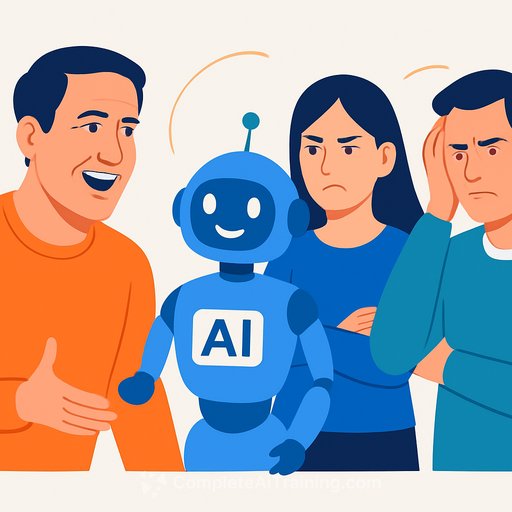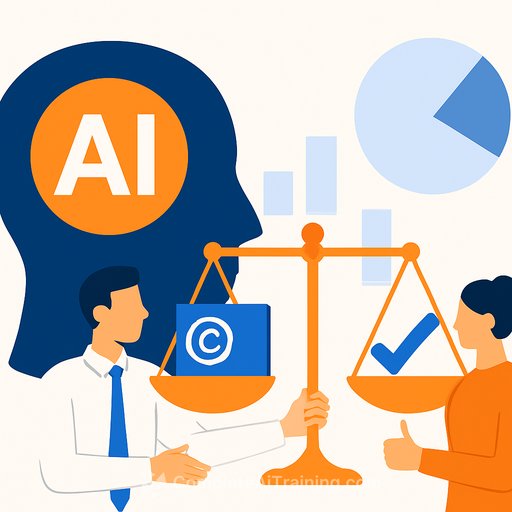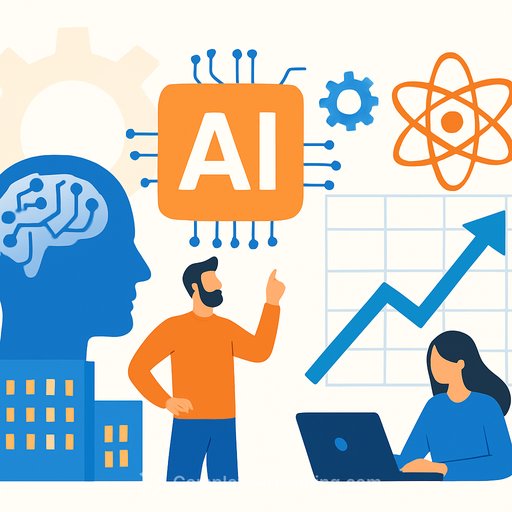Hollywood's AI Split: Sora, Synthetic Actors, and the Next Draft of Creativity
Hollywood is divided. Some see AI as a lever for speed and scale. Others see an existential threat. With tools like OpenAI's reported Sora 2 generating hyper-real video from prompts and digital actors like Tilly Norwood seeking representation, many feel we're one software update away from a breakthrough-or a crisis.
What's actually changing
Two forces are pushing the shift: far stronger GPUs that enable real-time rendering, and custom-trained AI models that plug directly into an artist's workflow-storyboards, previs, backgrounds, and animatics in hours, not weeks. That combo means big studios can move faster and cheaper, and smaller teams can build what used to be impossible.
The wake-up call came for indie producer Guy Danella when a team pitched him a full 90-minute AI-generated film. "I call it Skynet cinema because it feels like we're coming for the humans," he said. The question on the table: would you put a couple of million behind it-and what happens if you do?
On the other side, Bryn Mooser's nonfiction studio XTR spun up Asteria, an AI animation arm developing projects with talents like Natasha Lyonne and Toy Story 4 writer Will McCormack. The focus: use AI to expand creative possibilities, not just shave budgets.
The legal front is the real fight
Asteria trains models on licensed or original materials-avoiding opt-out scraping approaches tied to systems like ChatGPT or Sora 2. Rights holders warn that unlicensed training and output can breach IP protections, and buyers are paying attention. At the American Film Market, reps and warranties now include AI disclosure language: when it was used, where, and on what datasets. It's a paper trail designed to survive future regulation.
Darren Frankel of Adobe put it plainly: this isn't about being for or against AI. It's about the difference between ethical and unregulated systems. Waiting for government action could take years, so the burden shifts to producers, vendors, and talent contracts today.
What this means for working creatives
- Scope your pipeline: identify where AI adds leverage now-boards, previs, set extensions, background animation, cleanup-without compromising core performances.
- Lock down rights and consent: likeness, voice, and performance capture need explicit, paid permission. Update releases and deal memos to cover synthetic use.
- Contract for datasets: require vendors to warrant licensed or original training data, maintain dataset logs, and indemnify you. No proof, no deal.
- Budget with intent: if AI saves you money, decide in advance where it goes-another shoot day, a stronger edit, or more time for polish.
- Set a synthetic talent policy: define where you'll allow doubles, face/voice models, and what crosses the line. Get buy-in from cast and reps early.
- Disclose AI use: keep a clean record of tools, datasets, and prompts. Expect buyers to ask. Treat it like insurance.
- Skill up your team: the advantage goes to crews who can direct AI outputs with clarity-prompting, versioning, and basic fine-tuning. If you need a fast start, explore curated training for creatives at Complete AI Training.
Indie opportunity without burning trust
Mooser's point is clear: this isn't about making an award-winning drama cheaper. It's about letting indie filmmakers make bigger films on the same budgets. An $80M animated feature may be a non-starter, but a $10M version using AI could be within reach-if you train on licensed materials and pay the people whose work trains the model.
Questions to ask before you greenlight an AI-heavy project
- What assets and datasets trained these models? Can the vendor prove it?
- Whose likeness or voice appears? Do we have signed releases and fair compensation?
- What's our human-in-the-loop plan for sensitive scenes and final approvals?
- How do we respond if an IP claim hits mid-distribution?
- Are we disclosing AI use to buyers and, where appropriate, audiences?
- Where will any savings be reinvested to improve the work?
Bottom line
AI isn't the end of creative work. It's a new set of tools with real trade-offs. The winners will move faster, keep consent and credits tight, and protect IP like their business depends on it-because it does.
- NVIDIA Omniverse: real-time collaboration and rendering
- U.S. Copyright Office: AI and copyright resources
Your membership also unlocks:






